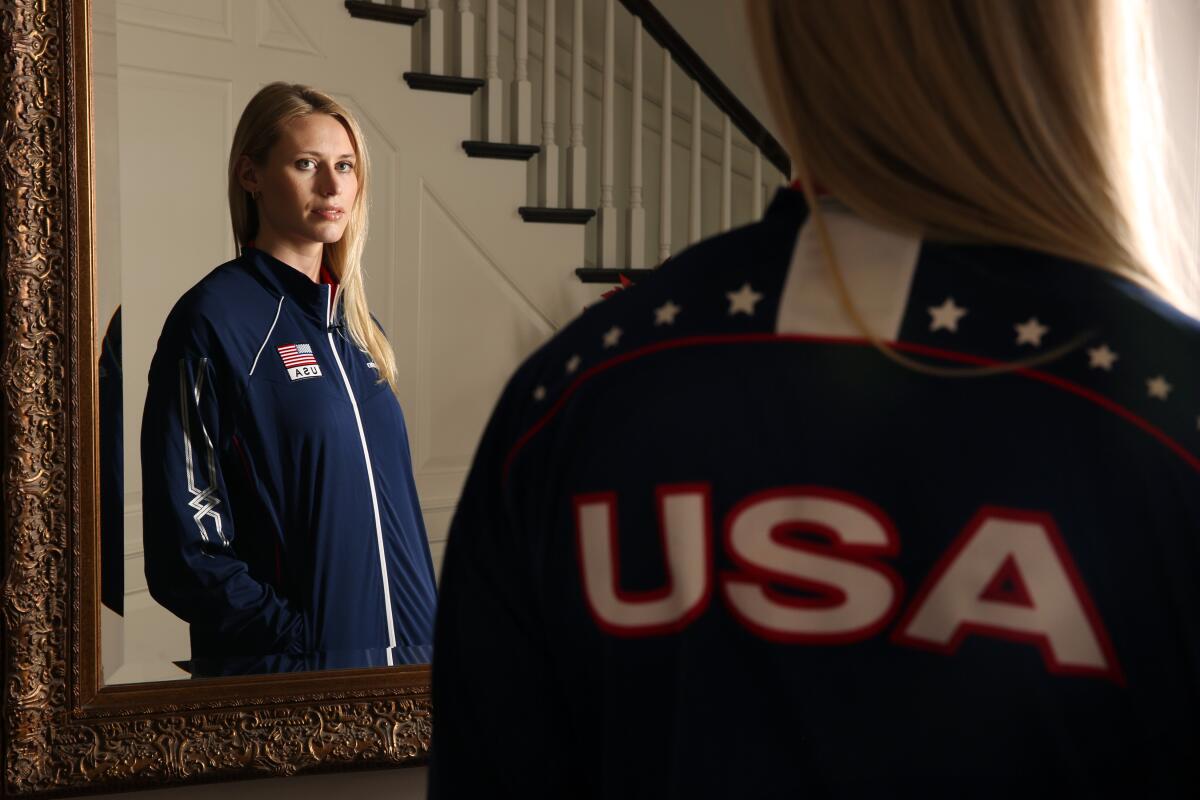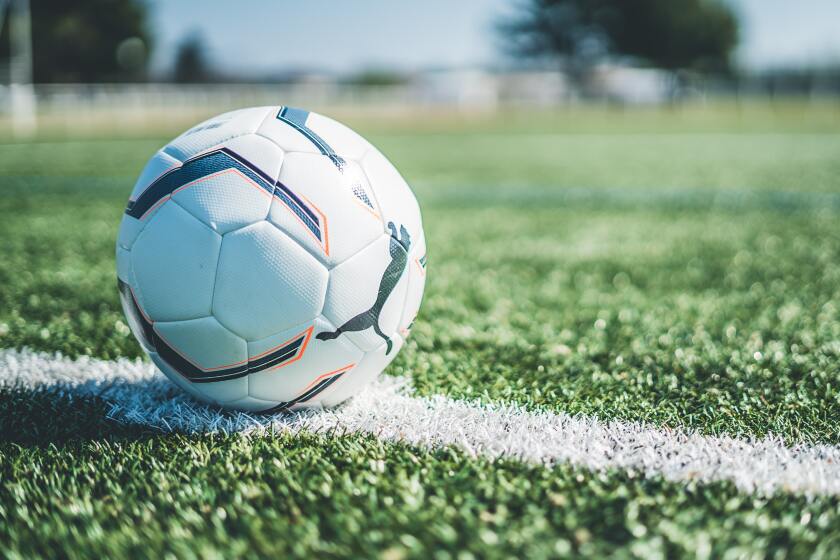Defining Stanford volleyball star Hayley Hodson’s post-concussion syndrome diagnosis

- Share via
Stanford volleyball star Hayley Hodson retired from the sport in 2017 with a diagnosis of post-concussion syndrome, the result of what her family claims were brain injuries suffered after being hit in the head with volleyballs near the end of her freshman season in 2015. Hodson filed a lawsuit in 2018 against Stanford and the National Collegiate Athletic Assn. for failing to provide proper medical care for those injuries, allegations the school and the NCAA deny.
Post-Concussion Syndrome: What Is It?
- Concussions are brain injuries that usually happen following a blow to the head or violent shaking and movement of the head or body. Symptoms usually occur within the first seven to 10 days of the initial injury and may include headaches, dizziness, changes in mood and behavior, and problems with concentration and memory.
- With rest and a gradual return to activity that does not include returning to play until all symptoms are resolved, most athletes who suffer a single concussion experience no lasting ill effects.
- In some cases, however, people experience post-concussion syndrome (PCS), a disorder in which symptoms persist long after the initial brain injury—often in response to physical or cognitive activity, which can lead to withdrawal from social and athletic life.
- While it is difficult to predict who will suffer from PCS, women are at greater risk than men. Other recognized risk factors include:
Hayley Hodson was a ‘dream athlete’ and top student. But blows to the volleyball star’s head changed the course of her life. She’s suing Stanford.
* Having a history of concussions, mood and cognitive disorders, and migraine headaches.
* Suffering a severe impact, or a second impact while recovering from an initial one.
* Major visual symptoms soon after initial injury.
- Treatment and management of PCS involves targeting individual symptoms with specific therapies to reduce their severity or eliminate their cause. No single treatment is effective in all cases.
- PCS is not the same as chronic traumatic encephalopathy (CTE). The latter is a neurodegenerative disease linked to repetitive head trauma—including sub-concussive hits to the head that don’t cause obvious symptoms—that has been found in the brains of several high-profile athletes following their deaths.
Sources: Mayo Clinic, Centers for Disease Control, British Journal of Sports Medicine, Concussion Legacy Foundation.
More to Read
Go beyond the scoreboard
Get the latest on L.A.'s teams in the daily Sports Report newsletter.
You may occasionally receive promotional content from the Los Angeles Times.











